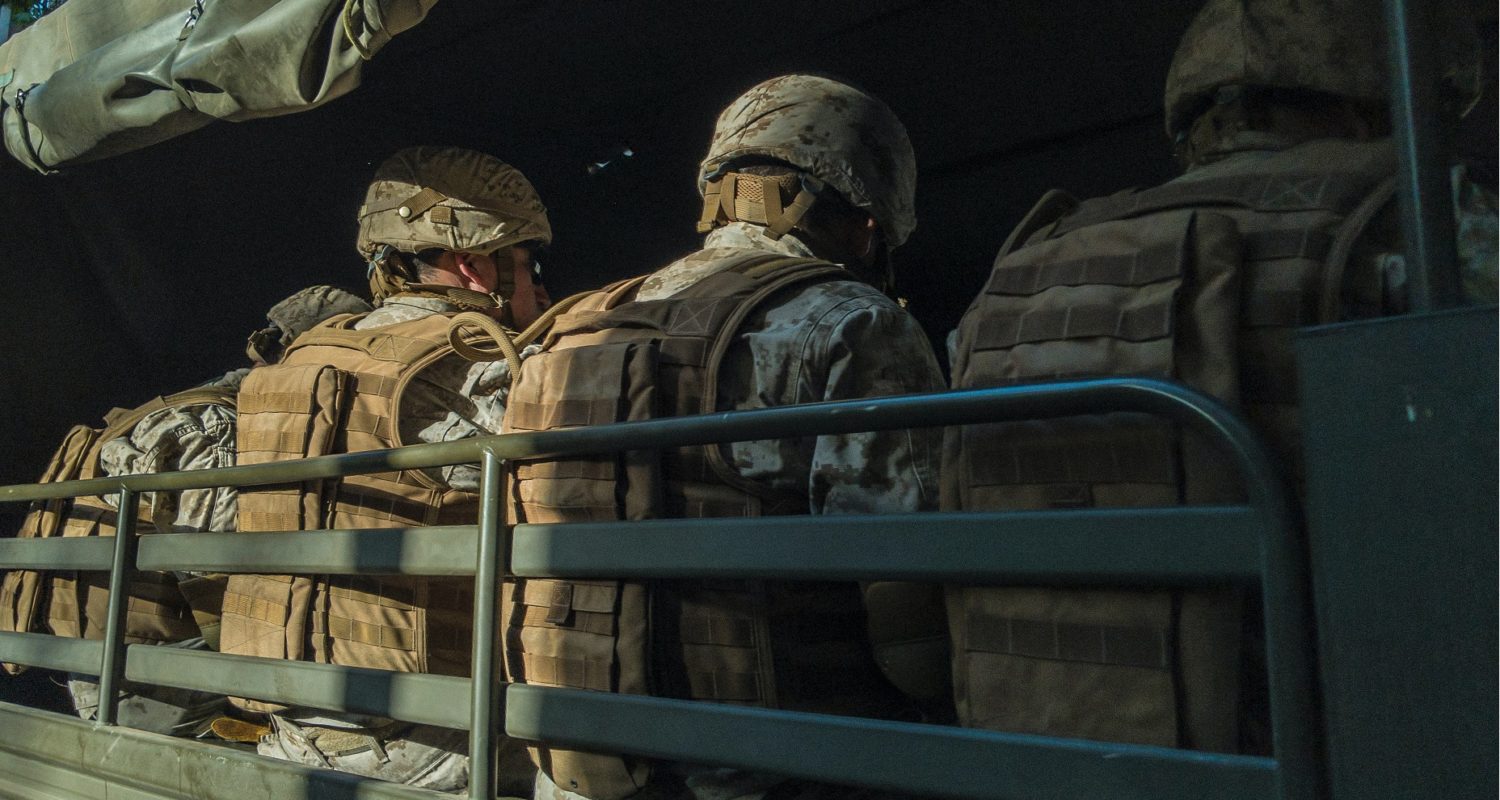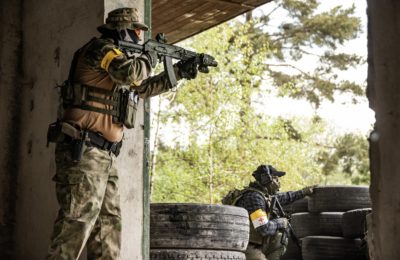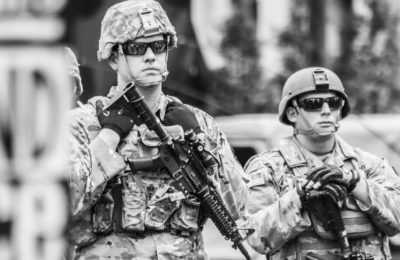Bulletproof vests serve as life-saving items for people in law enforcement, military, and security forces. The protective gear is essential to safeguard oneself from deadly bullets and prevent fatalities. But have you ever wondered how a bulletproof vest works? In this blog post, we will dive deep into the mechanism behind a Bulletproof Vest and shed light on its functioning.
Bulletproof vests, also known as body armor or ballistic armor, consist of many layers of materials that resist penetration by bullets. The most common revolutionary material used as the layer is Kevlar, a synthetic fiber that can withstand high impact with minimal damage. When a bullet or projectile hits the Kevlar layer, the fibers of the fabric disperse the force and absorb the impact, stopping the bullet from penetrating the vest.
The concept behind the bulletproof vest is pretty simple. The layers of Kevlar fabric trap the bullet before the bullet does any harm to the user. The fabric layer diffuses the bullet’s impact and slows it down considerably, dissipating the force and energy of the bullet. Bulletproof vests come in different levels of protection, starting from level I to IV, with level I being the lightest and level IV being the heaviest and strongest. The higher the number, the greater the level of protection it provides.
Apart from the Kevlar layers, some advanced bulletproof vests contain ceramic or metal plates inside. These plates are made of sturdy materials that can do much better than the Kevlar fibers. They can stop bullets quicker and more efficiently than the fabric layers. The ceramic or metal plates are inserted behind the Kevlar layer and provide an additional layer of protection. These types of vests are heavier and are mostly used by military personnel.
The design of bulletproof vests also plays a crucial role in how they work. A well-designed vest includes a snug fit to ensure that the Kevlar fabric is in its proper place and that there are no gaps between the layers. Fit is crucial because if the vest does not sit correctly, there’s a high chance of the bullet penetrating the gaps between the layers. The vest’s design also includes panels or pockets for the insertion of additional ceramic or metal plates.
As mentioned earlier, bulletproof vests come in different levels of protection, starting from level I to level IV. Level I vests are considered general-purpose equipment and can stop small-caliber and low-velocity rounds. On the other hand, level III and level IV vests are capable of stopping high-powered rifle bullets and armor-penetrating rounds. By selecting the right level of protection, you can ensure your safety according to your job profile.
Bulletproof vests, with their effective mechanism, have become an essential tool for ensuring the safety of people working in law enforcement, military, or security forces. The vests’ multiple layers, including Kevlar fabric, ceramic or metal plates, and design, ensure a high level of protection for the user. While choosing the bulletproof vest, make sure you consider the level of protection that suits your needs the best.
For more great articles, please click here.


